How to choose a deck of cards for poker: plastic or cardboard, Bicycle or Copag, 36 or 52 and other criteria
Choosing a deck of cards for poker is an extremely important task. Cards play a central role in the game. To be more convincing, take a look at the contents of a regular poker set. The standard set includes:
- Case;
- Chips;
- Deck of cards;
- Dealer button;
- Dices.

But what does this list really need for a home poker game?! You can easily play in poker without the dices, the dealer button and the case. The absence of chips complicates the process, but does not make it impossible, because the chips can be replaced with: money, coins, matches or figures from LEGO sets. Your company of friends will need only small preparations in the form of a search for the right coins or values of monetary denominations.
The only indispensable element: without which poker is simply impossible is a deck of cards!
An equally important argument in favor of a thoughtful approach when choosing a deck is its quality. From this factor depends how much they will serve for you. One set will become worthless after several games, the other will delight you for several years.

Not such a fundamental, but also important point is the respect from friends that you will get when using a professional and high-quality poker deck instead of ordinary cards from a nearby supermarket. For maximum immersion in the atmosphere of a real poker game, the correct selection of the deck is difficult to overestimate.
The importance of a careful approach when choosing cards has been said enough, it is time to understand the main criteria for making a decision.
1. The number of cards in the deck
When playing No Limit Holdem, 52 cards are required. The standard deck contains another 2 or 3 jokers (the value varies depending on the manufacturer). Sometimes all 54 cards can be used during the game. This is typical for a bridge, and such an enlarged deck is called French. In recent years, short-deck poker has become increasingly popular in live games. The rules of this type of poker imply the use of only 36 cards. In such a game, the ranking of cards by seniority starts from 6th. Accordingly, 2, 3, 4, 5 are not used at all. Sometimes there are rarer varieties of games with 32 cards.
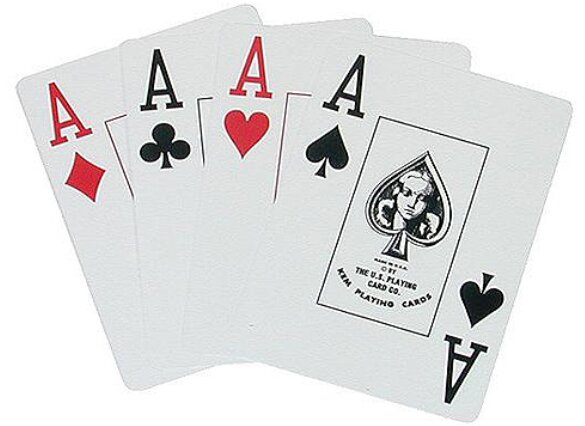
We recommend that you do not reinvent the wheel and give preference to a standard poker deck of 52 cards. It will not be difficult to postpone the smallest denominations for playing poker with a short deck, but you will not be able to play No Limit Holdem by all the rules with a reduced deck.
Short summary: give preference to a standard deck with 52 cards.
2. Paper, vinyl or plastic?
One of the most important criteria when buying a deck is the material from which the cards are made. The most common options are:
- Plastic;
- Paper;
- Paper with a plastic coating;
- Vinyl.
The vast majority of decks are made from the first two materials. If you played cards at least once in your childhood, then with a probability close to 100%, they were from paper.

Paper decks have two significant advantages:
- Availability. You can effortlessly find such a deck in a nearby store;
- Price. Cardboard decks are significantly cheaper than the rest.
It is characteristic that none of these advantages is directly related to the process of playing poker. But the list of purely gaming flaws is wide enough:
- Quick wear. Paper cards is extremely vulnerable - easily wrinkled or even torn. In just a few games, a brand new deck can turn into crumpled, torn paper.
- Easy to make notes. Unscrupulous poker players can easily leave symbols that are clear only to them on playing cards. Or just remember the characteristic dent. All this will lead to obtaining an unfair advantage over opponents.
- Unattractive appearance. Paper cards definitely interfere with immersion in the atmosphere of poker and are more associated with playing somewhere in the yard with classmates. Introducing yourself to the WSOP finals with this set is not easy.
Plastic cards for poker remain an immortal classic for many decades of the game.
Plastic decks are used in all respected casinos in Las Vegas.
And it is precisely the plastic poker cards that we see in all films or series where the characters play poker. The most striking examples are: «Casino Royale» about James Bond or the drama «Rounders». Even in the film "Maverick" with Mel Gibson, which takes place in the 19th century, the decks are made of plastic. With a high degree of probability this is a cinematic blunder – at that time the decks were made of paper.

The main advantages of such cards overlap with the disadvantages of paper decks:
- Long service life. Plastic cards can maintain their good condition for several years. Especially with proper care and playing on specialized surfaces.
- Nice appearance. Plastic cards are nice to hold in your hand and they look stylish.
- It's harder to tag. Leaving a mark on them is much more difficult. With great desire, nothing is impossible, but the players at the table will surely have a certain suspicion if one of the opponents starts actively scratching plastic with a characteristic sound with his finger.
Plastic coated paper cards are an intermediate step between the two options mentioned above. Decks made of vinyl are not easy to find and now they are practically not used.
The most rare and expensive cards are from cellulose acetate. This is the most durable plastic. Leave a mark on them - the mission is impossible! They are released in the United States under the brand name "KEM".

Summary: We recommend you to purchase plastic poker cards. Despite the fact that they are more expensive than paper decks, as a result, slightly higher costs are offset by the durability of plastic decks. If you want to impress a sophisticated poker fan with something special, then KEM premium cards will become a real treasure. The value of paper decks lies in their availability, however, be prepared for quick wear and frequent purchases of new sets. Or buy immediately packs of 12 decks.
3. Size of the cards
Not the most important criterion, therefore, we will consider it less carefully. It is believed that the size of the playing card affects the convenience of shuffling the entire deck.. The smaller it is, the easier it is to shuffle the deck.
The size of the vast majority of poker cards is 63 by 88 mm.
Depending on the manufacturer, the value may vary by millimeter in either direction. A number of playing decks are available with dimensions of 57 by 88 mm. As you can see, only the width of a particular map is different. A width of 57 mm is characteristic of another card game - the bridge. If you consider that everything else is absolutely identical (suits and internal hierarchy of numbers), then you can safely use the bridge deck when playing poker.
Summary: if you are only interested in poker, then decks with 63x88 mm sides are suitable for you; if you want to play bridge also, then 57x88 mm is the choice for you.
4. Card Index
Unlike size, the index is of great importance. What is an index? In fact, this is the size of the numbers and suits in the corner of each card. Indexes are divided by suit color and size.
By color, the indices are divided into:
- Two-color;
- Four-color.
Classically indexes are issued in two colors - red and black. At the same time, red suits differ in shades from each other. Professional poker decks are most often made in two colors.
Ironically, for any online poker player, the four-color index is considered less convenient for live games. This combination of colors confuses the participants in the game, in some cases they complain about an unusual combination. In such decks, clubs are green, and diamonds are blue.

Another important characteristic is the size of the indices on the inside of the cards. Most often, the following options are found in decks:
- Standard index. It differs in the rather small size of numbers and suits. In inexpensive decks, it is he who predominates;
- Jumbo. In this case, the suits and designations are larger. The most common option in professional poker and good plastic cards;
- Magnum. A special kind of index, characterized by huge sizes and numbers. Designed specifically for low vision players.

- Peek index. The opposite of the previous version - here the designations are the smallest. Decks with such an index are a convenient solution for playing poker at a table with 9-10 opponents. Due to the small size of the numbers, you can easily look at your hand and not make it public.
The last characteristic of the indices is the numbers on the playing card. There are options with two and four designations.
Summary: For playing in a small company, the best option is Jumbo, if you play at a full table of 9 max-10 max, then the Peek index is better.
5. Shirt
At first glance, a card shirt looks like the most useless criterion. In fact, this is not so: when choosing a deck, you should pay attention to the shirt.
This is due to potential fraudulent activity. The main principle is the more complex the shirt, the easier it is to make an inconspicuous (for other players) mark on it. The presence of a white indent 3-4 mm from the edge of the card is an essential element of a good poker deck.
The classic colors for shirt design are red and blue. Sometimes you can find a combination of orange and green, there are options with gold and black design.

Pay special attention to the identity of the shades of the shirts - poor-quality decks may contain slightly different shirts, which unscrupulous players will not fail to take advantage of.
Summary: white indentation in the corners of the cards, the simplest design - the key points when choosing a deck.
6. Manufacturer
Professional poker cards are issued by several companies:
- COPAG. The official decks at the World Poker Championship - WSOP. Many years of tradition + the highest quality plastic cards = an excellent choice for a memorable poker game.
- KEM. Premium deck brand. A special material - cellulose acetate - turns decks from this company into real centenarians, significantly superior to competitors.
- Fournier. Spanish brand with a century of history. Used in WPT.
- Modiano. Italian plastic cards for poker, characterized by high quality and style.

Some companies, such as the American card makers Bicycle, Bee, Tally-But, even produce packs of 12 decks.
Conclusion
The ideal deck includes 52 plastic cards for poker 63 by 88 mm in size. The shirt is designed as simple as possible, on the inside of the card suits and numbers are painted in black and red. Index - Jumbo. Manufacturer - COPAG or KEM.




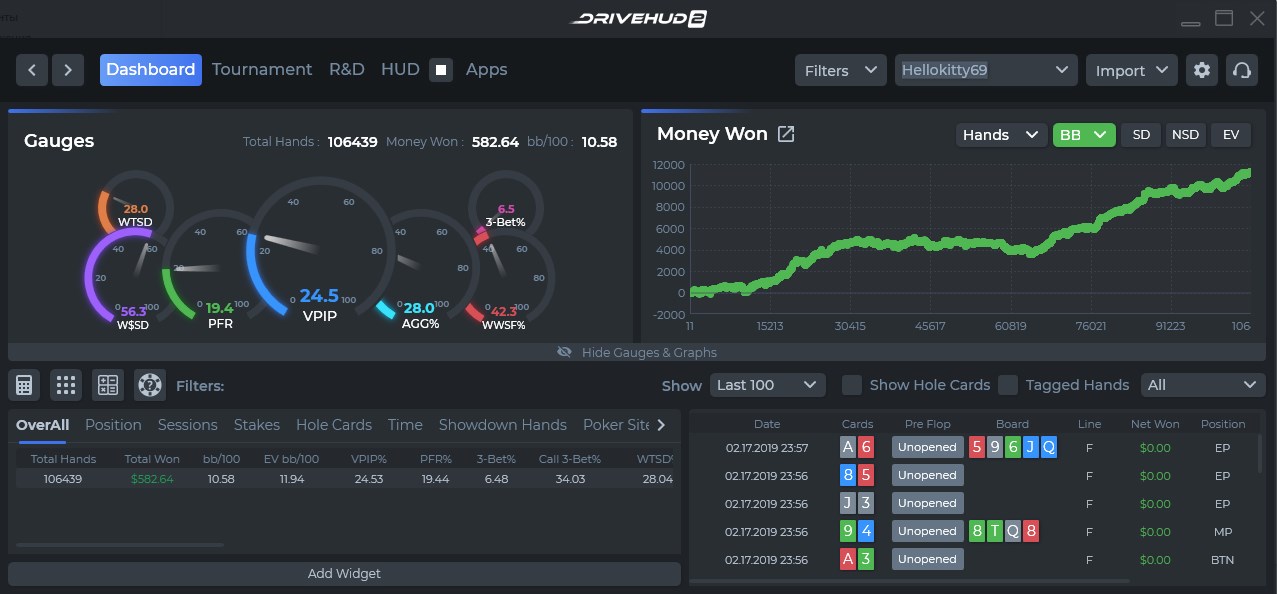

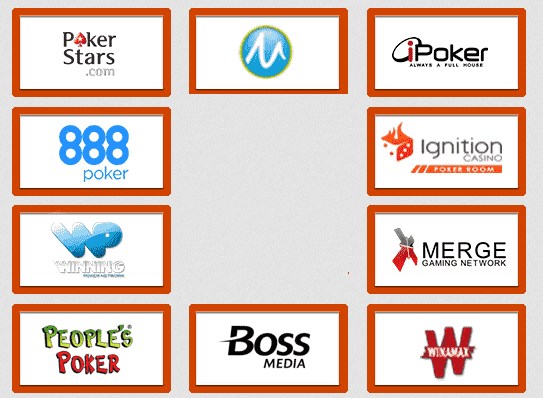





























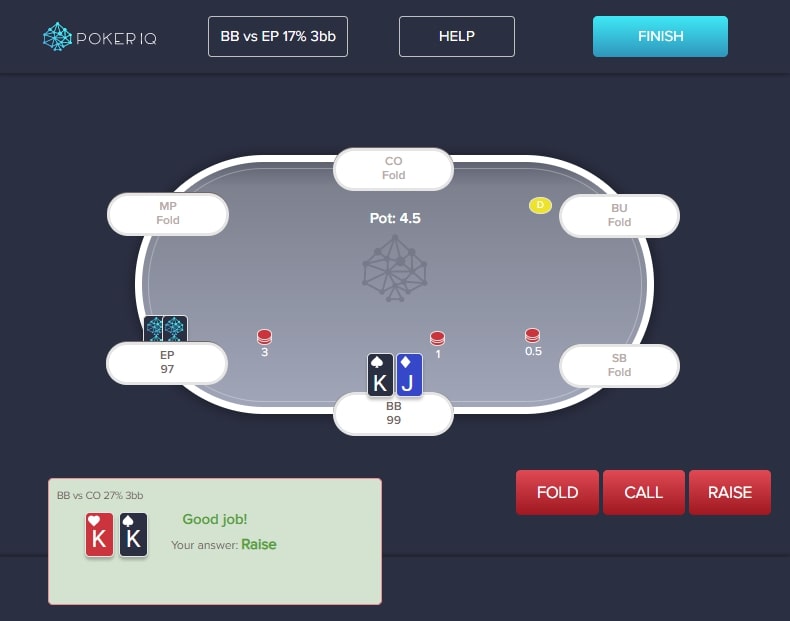







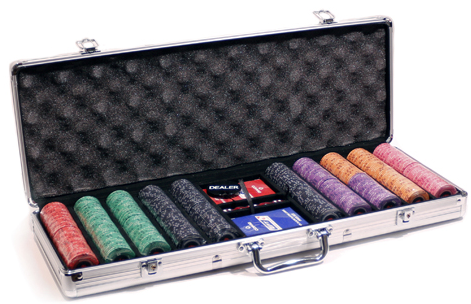





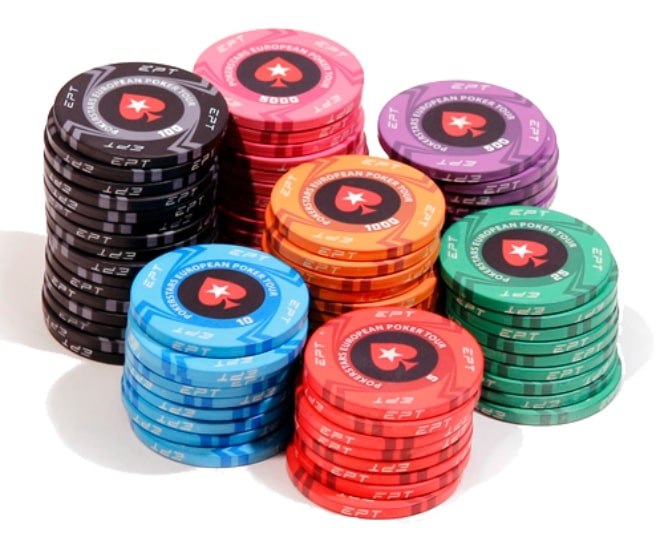









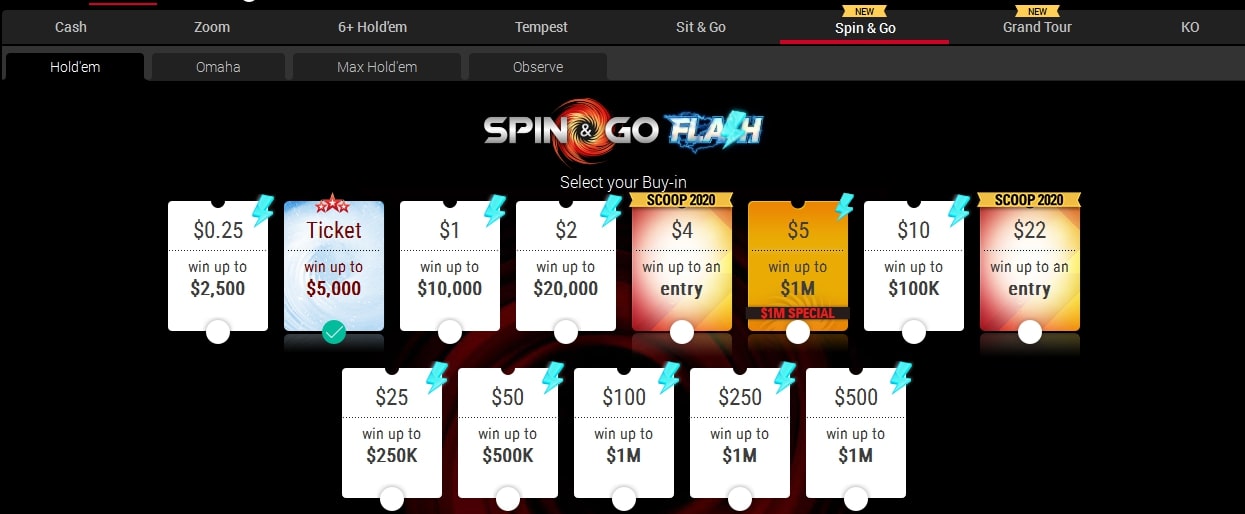



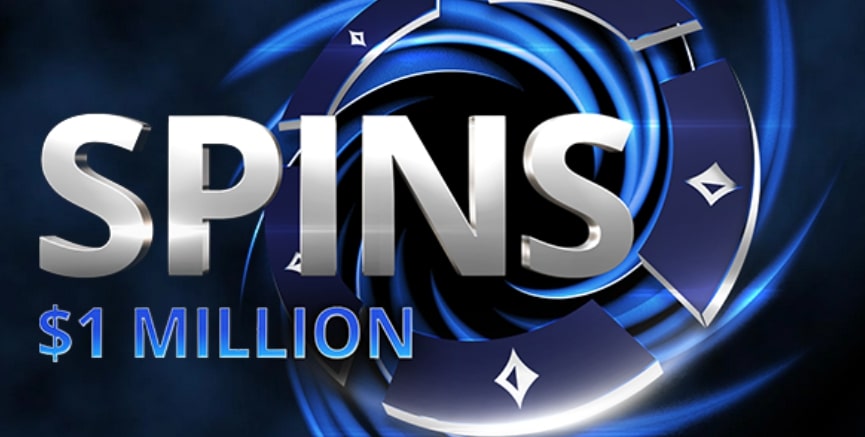

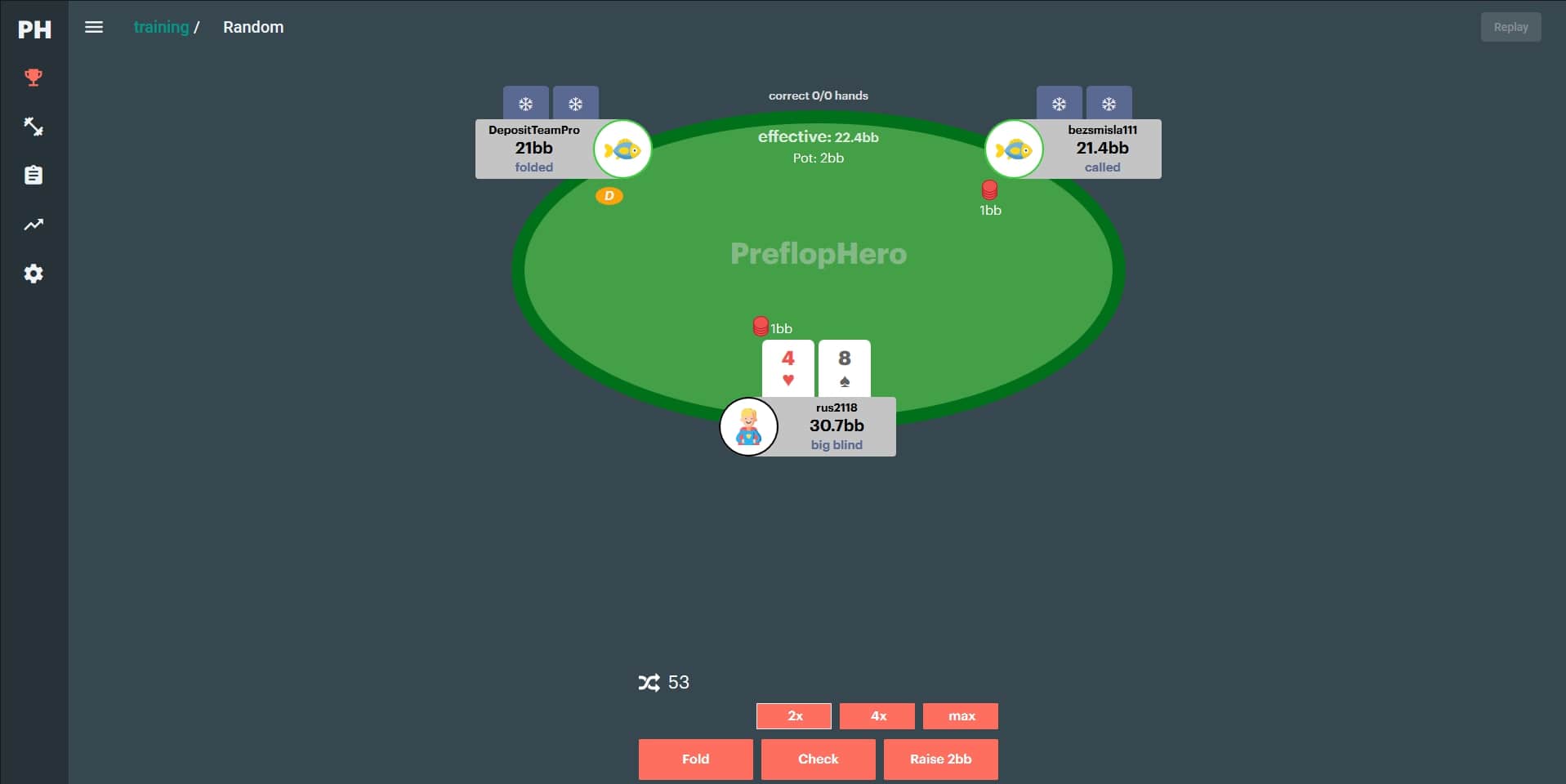



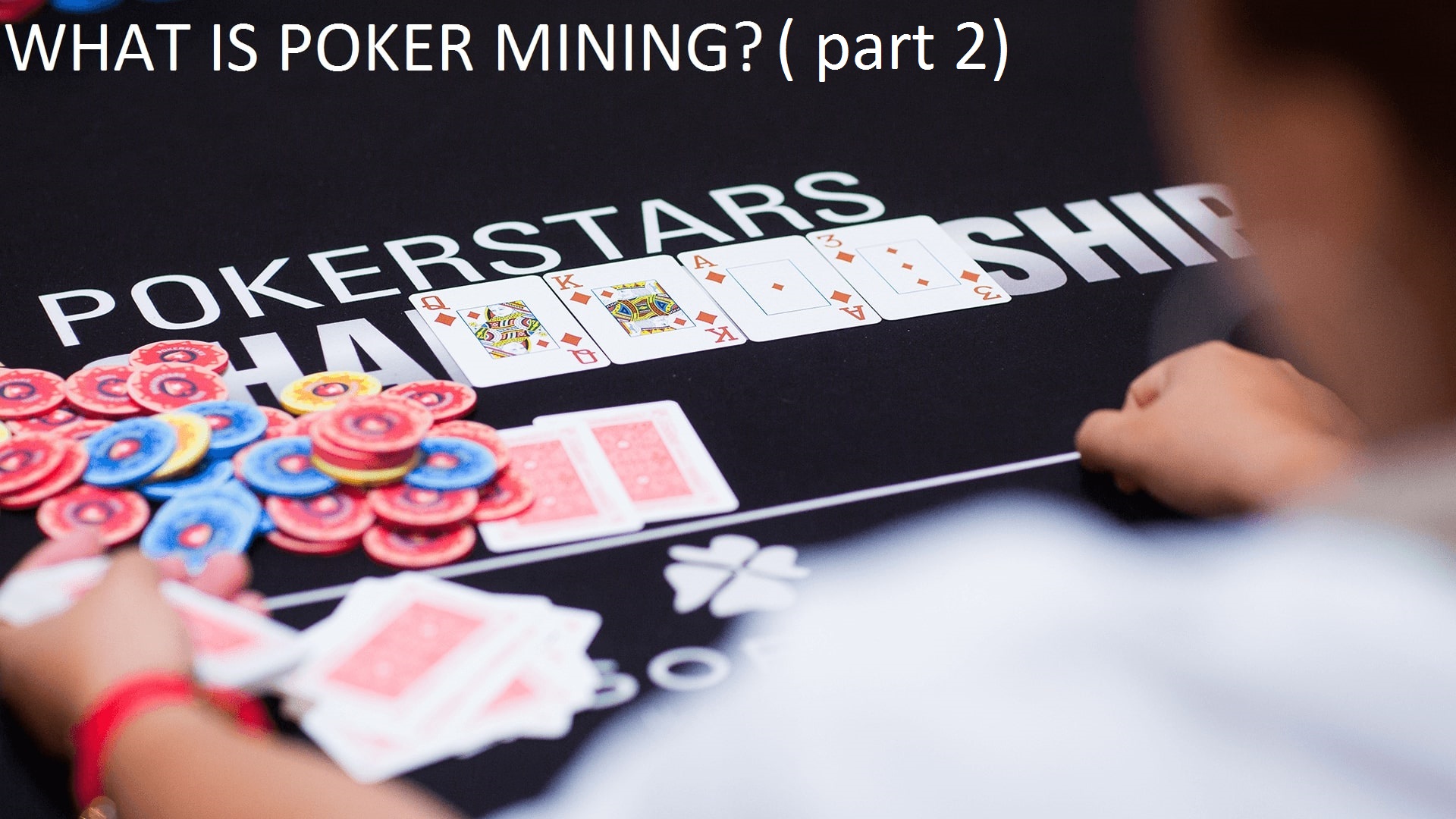



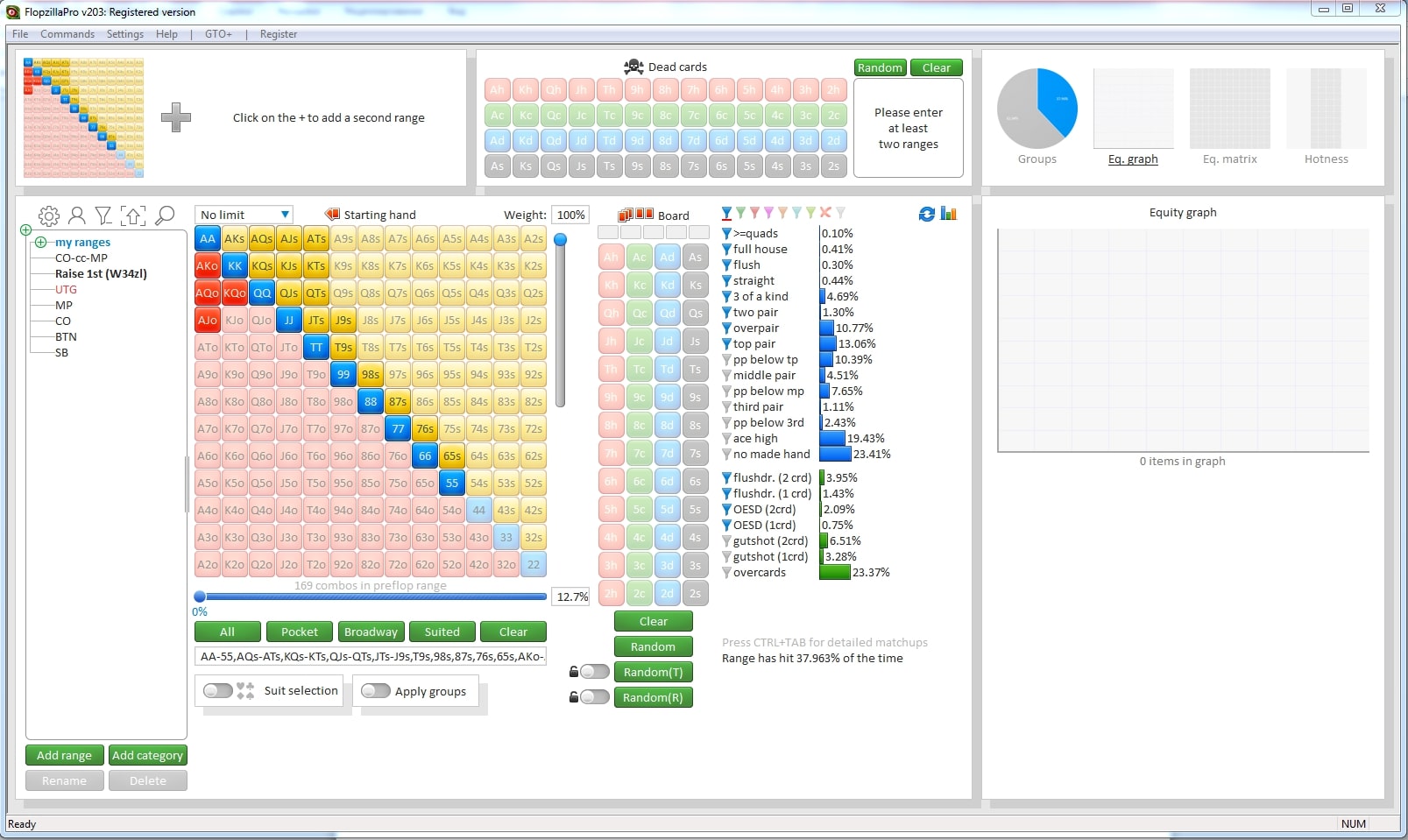



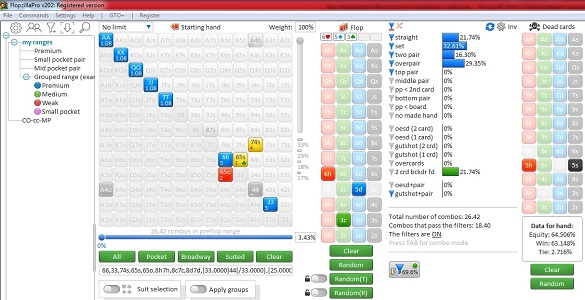



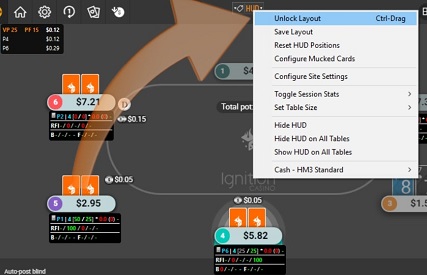

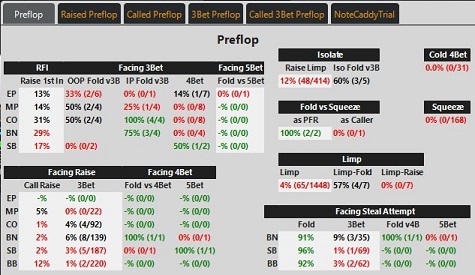



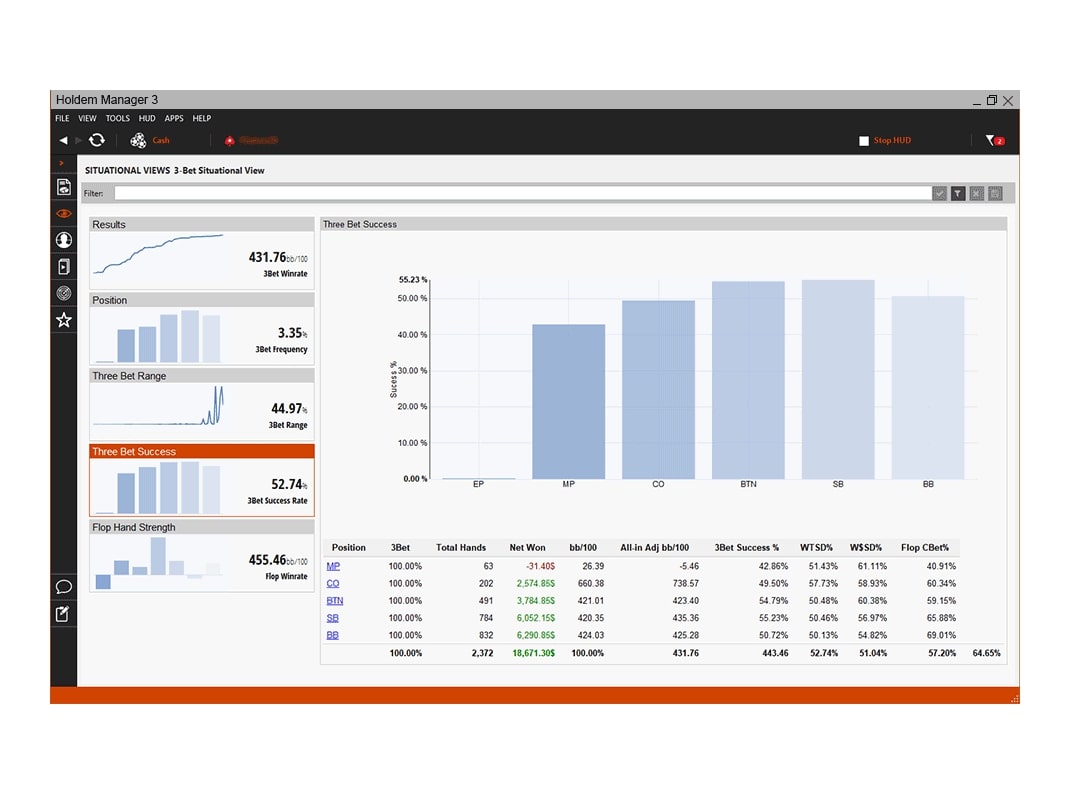











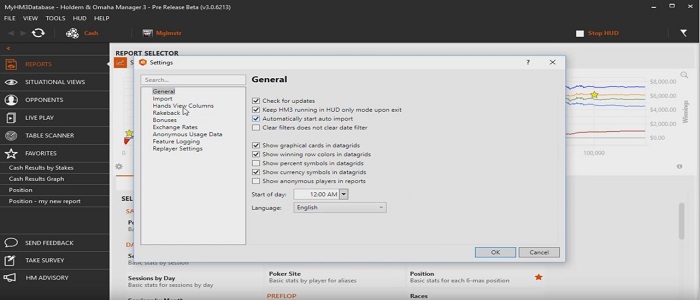



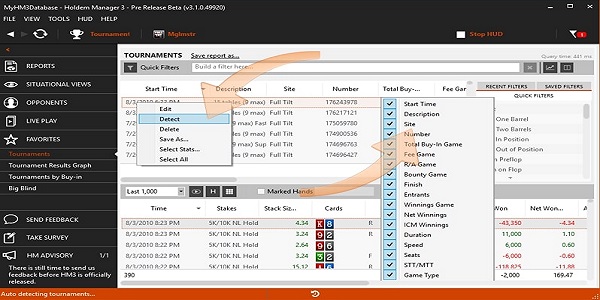





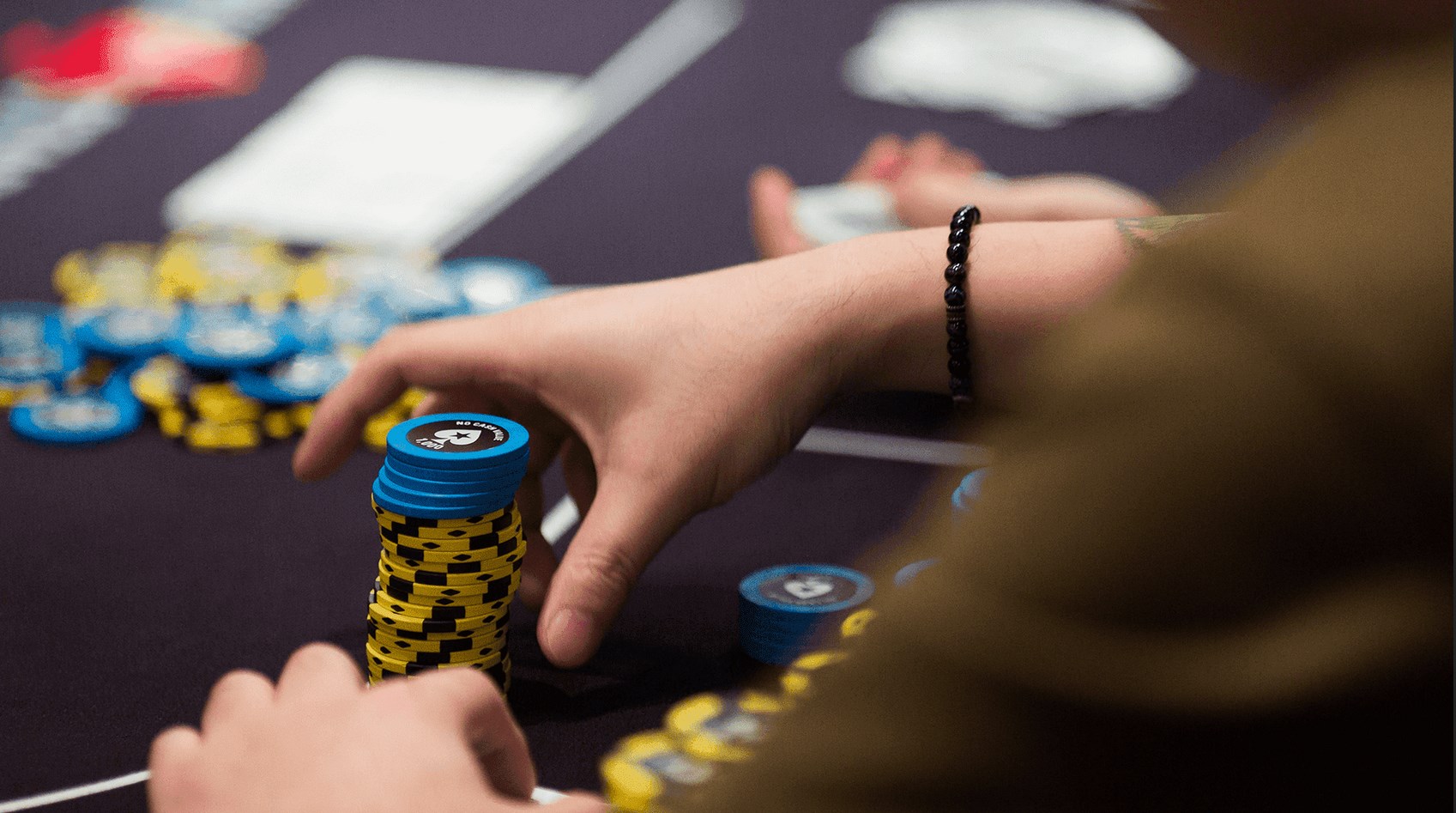












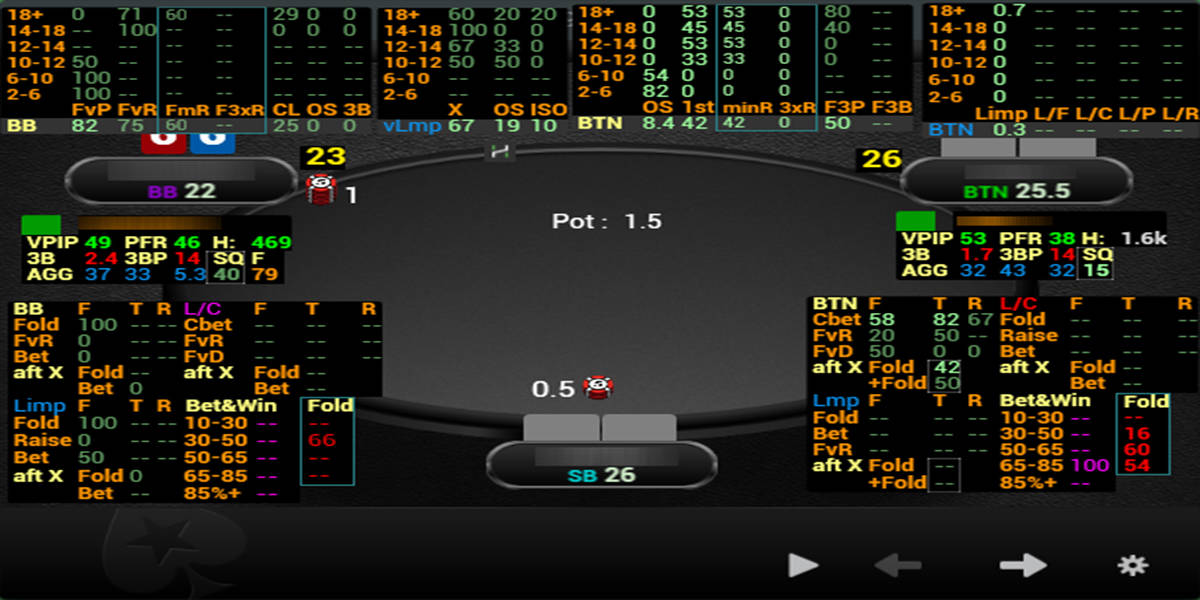








 Log in
Log in  Register
Register 
